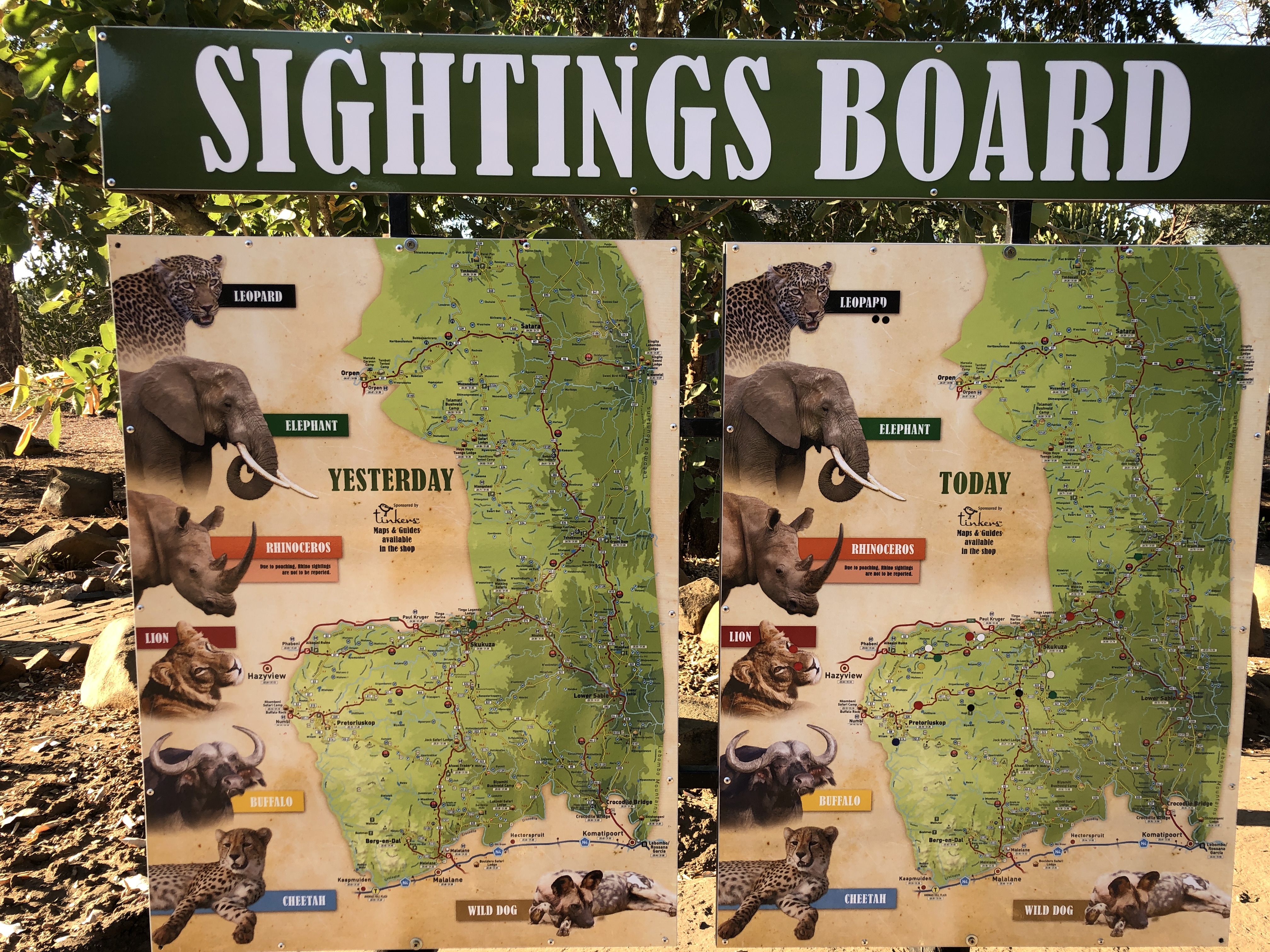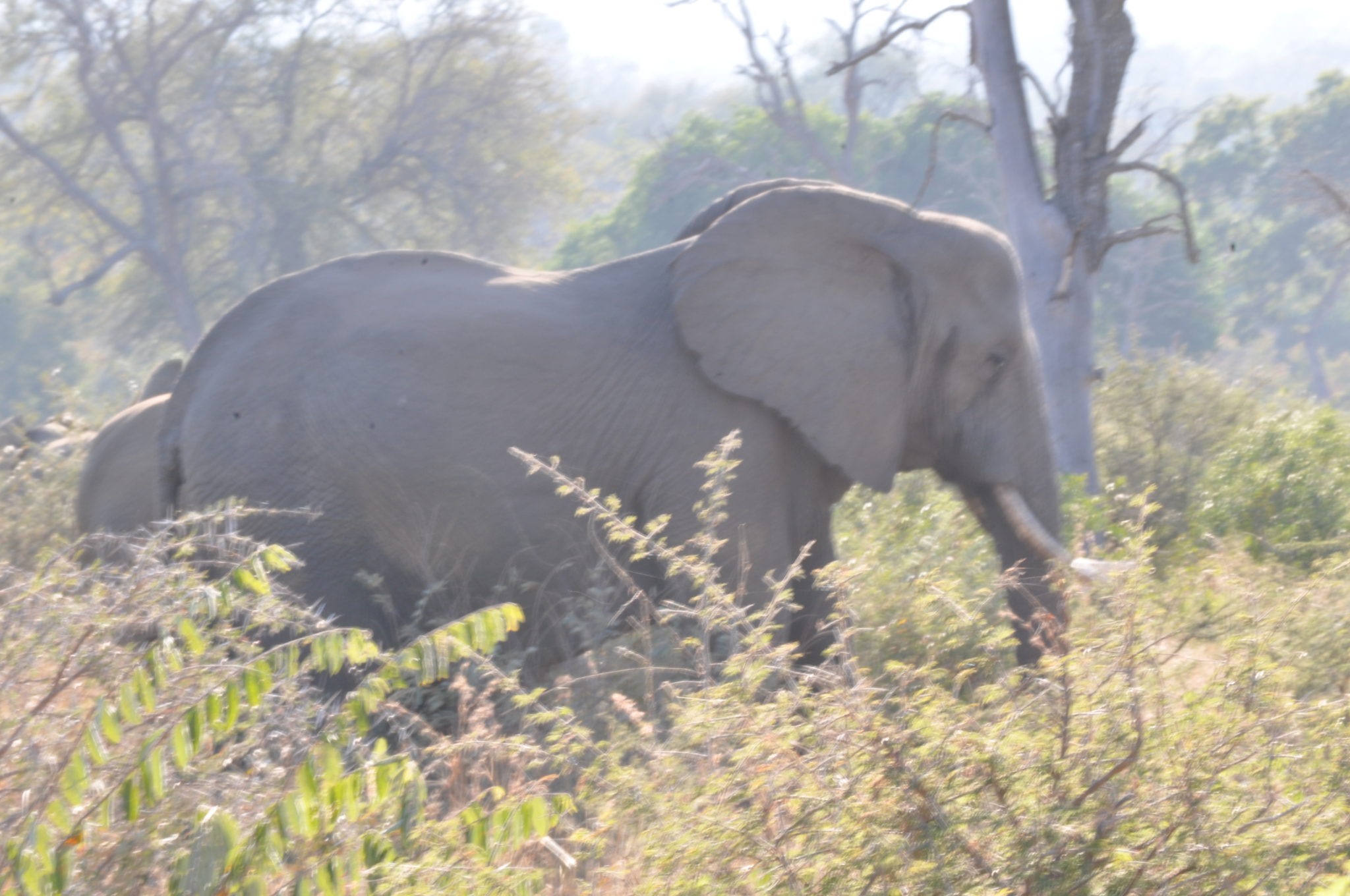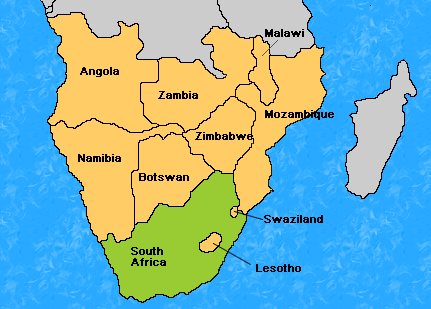

Finally fulfilled my dream of visiting Kruger on my third trip to South Africa. Got to see many animals (elephants, buffaloes, zebras, impalas, giraffes, wildebeest, lions, hippos etc) while driving and imagine our delight when some wild animals appeared from the bushes, allowing us to stop by the roadside and happily snap away. This post will provide relevant information and details on how to get there, making your perfect self-drive safari dream in Africa come true. This was one of the highlights during our honeymoon. And also being my wife’s first time in Africa, it was a good experience to see so many wild animals at one go.

Kruger National Park is justifiably one of the most famous parks in Africa, and is the largest national park in South Africa. The park is the size of a small country and supports a huge variety of wildlife. All of the Big Five are present in large numbers, but wildlife viewing in the wet season is more challenging due to thick vegetation. A comprehensive road network that is fine for 2WD cars means Kruger is one of the best parks for self-drive safaris. Few visitors leave this park disappointed.

The big cats are present in healthy numbers, and lions, in particular, are frequently seen in the south of the park. We saw lions feeding on their prey from a distance. Many cars stopped along the roadside for this magnificent view. The lions were far away in the bush and we had to zoom many times on the camera to get a good shot. Elephant and buffalo are also common throughout, while white rhino are increasingly under threat from poaching. Kruger National Park has a wide variety of antelope including greater kudu and the very common impala.

In total we spent three days in Kruger, entering from Paul Kruger gate in the south and exiting from Phaladorwa gate in the central part. Most of the animal sightings can be found in the south, especially Lower Sabie and Satara. Since accommodation in the national park is limited and slots get taken up quickly, it is recommended to book your accommodation early, around 4-6 months in advance. We stayed at Sabie Camp and Letaba Camp. If the camp lodging is not available, you can also choose to stay at some hotels or resorts just outside the camp gate. The park gates open at 6am, so the next day you can drive straight in early in the morning.

In terms of lodging, there is a range of accommodation options to suit your budget. At each camp site, there are various options: camping (for caravans or tents), huts (single room units), safari tent (permanent canvas tent, shared bathroom), bungalows (single bedroom units with attached bathroom), cottages, family cottages, guest cottages (multiple bedroom units), guest house, luxury lodges (most luxurious).

We stayed in a safari tent with four beds for the two of us. It was quite comfortable and there is a sliding door to prevent insects from flying in. The only disadvantage was the toilets which were shared and about one minute walk away from the tents. There were hot showers and a communal kitchen to do some cooking. No utensils or crockery were provided, so we settled our meals at the restaurant in the safari camp.

On our last day, we drove out of the camp through Phaladorwa gate. Not expecting to see any animals along the way, we were surprised to spot more animals, such as hyenas lying on the roadside and basking in the sunshine, some antelopes and elephants drinking from a water well.







Costs involved (prices quoted in South African rand and converted to Singapore dollars)
- Sabie River Bush Lodge R1090 (~$101.53)
- Safari tent for two at Letaba rest camp per night R700 (~$65.20)
- Standard conservation fee for foreigners R304 per adult, per day (~$28.32)
- Food R40 for breakfast (~$3.73), R150 for lunch/ dinner main course (~$13.97)

How to get there?
From Johannesburg International Airport, we rented a car ($30/ day). The drive took about 5 hours. Along the way, there is a petrol stop where you will get your first exposure of animal sightings . It is a nice stop for food and the scenery. Key in “Alzu Petroport N4” in the GPS. We had Nando’s for lunch before continuing our journey.




One Reader Comment on “Kruger National Park”
Comments are closed.